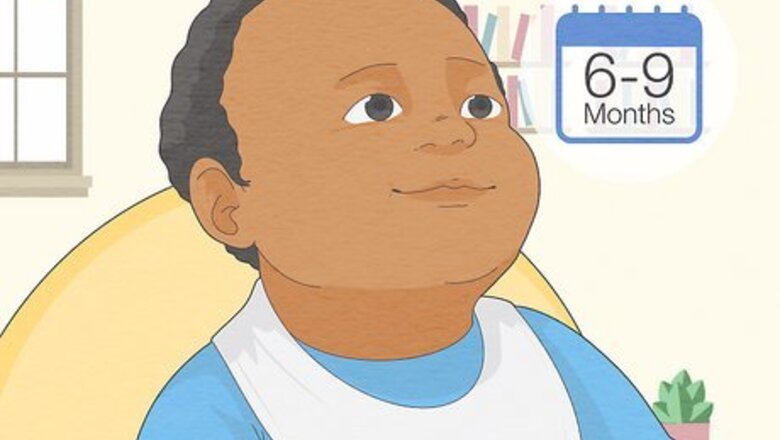
views
- Babies can eat Cheerios when they’re between 6 and 9 months old, or when they’re sitting up on their own.
- Unlike other solid foods, Cheerios are not a choking hazard, so they’re a good choice to feed your baby.
- Cheerios help your baby develop the pincer grasp, or picking items up with their thumb and forefinger.
- Cheerios are also packed with whole grains and iron, so they’re a healthy choice for your baby.
When can my baby have Cheerios?
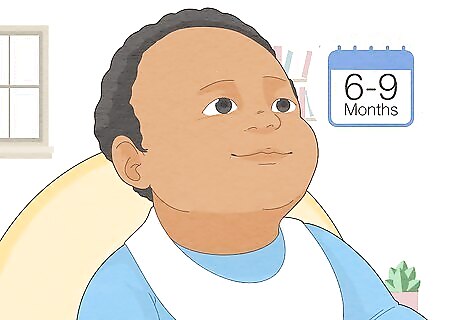
Babies can have Cheerios when they’re around 6 to 9 months old. All babies develop at a different rate, but in general, most will be ready for solid foods when they’re between 6 and 9 months old. At this point, they’ve probably started using their hands to reach out and grasp things that are around them. This is the perfect time to start introducing more solid foods into your baby’s diet, including Cheerios. Developmental signs to watch for that show your baby is ready for Cheerios include: Moving objects toward their face or mouth Sitting up by themselves More control over their head and neck Opening their mouth when they’re offered food
Cheerios Safety Info
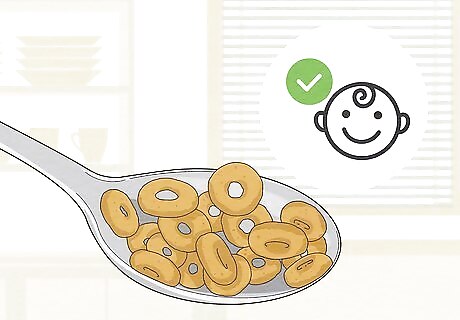
Cheerios aren’t a choking hazard. Unlike other small food that might get stuck in your baby’s throat, Cheerios dissolve once they get wet. Keep in mind that when your baby first eats a Cheerio, they might gag or spit it out until they get used to the feeling, but that’s totally normal. If you’re worried about your baby choking, soak the Cheerios in milk for a few minutes beforehand. That way, they’ll already be mushy, and your baby will have no problem chewing them up. Plus, babies don’t need teeth to chew Cheerios, because they dissolve so quickly.
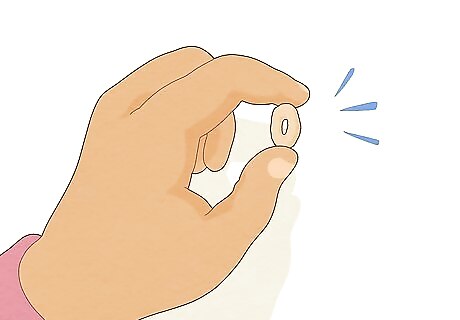
Original Cheerios do not contain common allergens. Common allergens in children include milk, egg, peanuts, tree nuts, fish, and wheat. Fortunately, classic Cheerios contain none of these ingredients (the top ingredient in Cheerios is whole grain oats). So if you’re worried about your baby having allergies, Cheerios are a very safe bet. Keep in mind that Honey Nut Cheerios do contain almond, which is a tree nut. Do not give Honey Nut Cheerios to any babies under 1 year old, since it could increase their risk of infant botulism. Multigrain Cheerios and Chocolate Cheerios are also allergen-free options, although Chocolate Cheerios have more added sugar than Original Cheerios do.
Benefits of Giving Cheerios to Baby
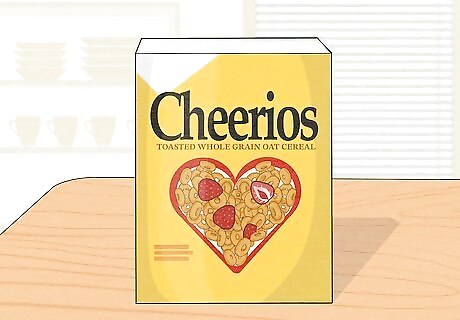
Cheerios help your baby develop the pincer grasp. The pincer grasp is the squeezing motion that you make when pinching your thumb and forefinger together. Up until now, your baby may have been doing a raking grasp, where they grab objects with all of their fingers. Using a small object, like a Cheerio, to help direct their grasp is a great way to hit a developmental milestone. Most babies will develop this grasp between 6 and 8 months of age.
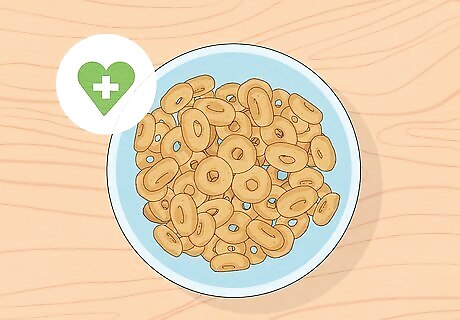
Cheerios are packed with nutrition. As far as baby food goes, Cheerios are a great low-sugar option. Not only are they a source of whole grains, but they’re fortified with iron, too, which can help prevent anemia later on in life. Giving your baby foods with limited sugar can also help them make healthier choices in the future. If they become accustomed to the taste of Cheerios, which are fairly healthy, they might gravitate toward other healthy options, too.
How to Introduce Cheerios
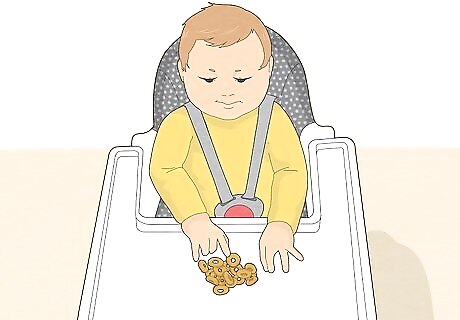
Give your baby a small handful of Cheerios in their high chair. Start with around 10 Cheerios so your baby doesn’t get overwhelmed. Spread the Cheerios out on their high chair so they can easily grab and move them around. Let your baby explore the Cheerios with their hands and mouth. At first, your baby probably won’t be able to eat all the Cheerios by themselves, and that’s okay! Some might end up on the floor or in their lap, which is totally normal. Stay nearby in case your baby starts to choke, especially the first time you give them Cheerios.













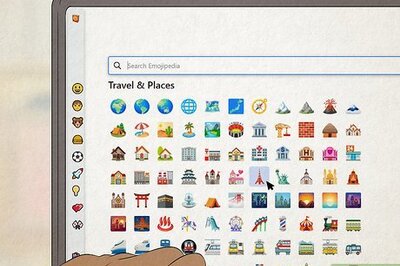




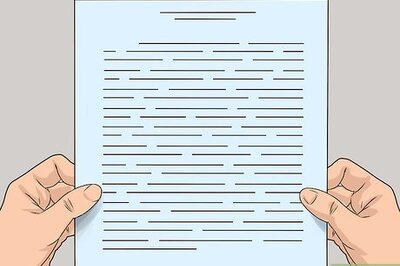
Comments
0 comment